|
|
Access to clean water is necessary to sustain life on earth.
Yet, a limited amount is drinkable for a planet made up of 70% water. Freshwater accounts for 2.5% of water resources — the rest is ocean water. Even then, glaciers and ice caps contain a portion of it, rendering it inaccessible.
Dig deeper → 3 min
Because of industrialization, urban development, climate change, and international conflicts over precious resources, some parts of the world face water scarcity and waterborne diseases. For instance, while 74% of the global population had access to safe drinking water in 2020, another 2 billion could barely get enough to meet their basic needs.
Fortunately, developments are underway to provide clean, sustainable water without wasting extra energy or producing toxic byproducts from filtration methods. Here’s everything you need to know about desalination solutions for a safer, cleaner water supply.
Opportunities for Clean Water
Clean water is necessary for reasons beyond human survival, such as food production, manufacturing, pharmaceutical development, power generation, and national security. However, even municipal water systems struggle to purify public water.
Over 8,000 municipal water sources contain chromium and other carcinogenic contaminants that pose severe health effects.
Over the years, desalination has proved a practical solution, but high costs and extensive energy requirements have hindered its progress and widespread adoption. The latest technological advancements have sought to improve upon this.
Canadian-based Oneka Technologies is pioneering desalination systems that operate without an energy or fuel source. Unlike conventional diesel desalination, people can save nearly 70% on utility bills with Oneka’s innovations.
Desalination is a process that converts seawater into freshwater by removing dissolved salt minerals. Unlike other desalination technologies, Oneka produces zero carbon emissions, electricity, or chemicals and requires no land to operate.
For example, just one of their Iceberg-class units can deliver clean water to 100 to 1,500 people daily in coastal communities. The system takes ocean health into account, too, by comprising a 50-micron mesh netting to prevent fish eggs and other marine life from getting sucked in. There are also opportunities to restore coral reefs on the Iceberg’s anchor and hull.
See also: Landmark SCOTUS Cases: Clean Water Act
Despite the benefits of desalination, drought-ridden areas of the United States are still hesitant to invest in these projects. In May 2022, the California Coastal Commission denied a $1.4 billion desalination project in Huntington Beach due to concerns over its cost, marine impact, and public outcry.
Yet, the project — a technology developed by Poseiden Water — would have produced 50 million gallons of desalinated water daily to bolster the region’s drought resiliency.
Solving the Water Crisis With Desalination
Some countries tend to take water resources for granted. When you consider American suburbs, people use excessive water to irrigate their lawns and gardens, leading to runoff and contamination. Long showers, running faucets constantly, and inefficient home water features are other ways water gets wasted.
Elsewhere, leaders are maximizing desalination to generate clean water for citizens, some of which are accessing it for the first time. Tamil Nadu, India, was the first region to get a small-scale desalination plant in the 1990s before Ramanathapuram built the first major seawater facility in 1999.
The new plant was able to treat 3.8 million liters of water daily. Nowadays, Chennai, India, has two of the country’s largest desalination plants — Minjur and Nemmeli — which produce 210 million liters daily for 1 million people.
In Abu Dhabi, the United Arab Emirates, the world’s largest desalination project Al Taweelah Independent Water Plant, reached 100 million gallons of converted water at 50% capacity in December 2021. Professionals expect it to produce 200 million gallons at total capacity.
Desalination plants continue popping up worldwide as water crises ensue. Currently, plans are underway for a desalination plant in Jordan. The $1 billion project will produce between 685,000 and 820,000 cubic meters daily — about 181 million to 217 million gallons — of drinkable water throughout the country.
Egypt currently has 82 desalination plants with a combined daily 917,000 cubic meter water capacity. It plans to construct another 14 to produce 1.4 million cubic meters daily — equal to 370 million gallons.
Clean Water Is for Everyone
It doesn’t matter where you’re from — clean water is for everyone. It’s necessary for survival and everyone should have access to safe, potable drinking resources. Amid climate change impacts and worldwide conflicts, desalination provides an opportunity to protect precious water supplies.
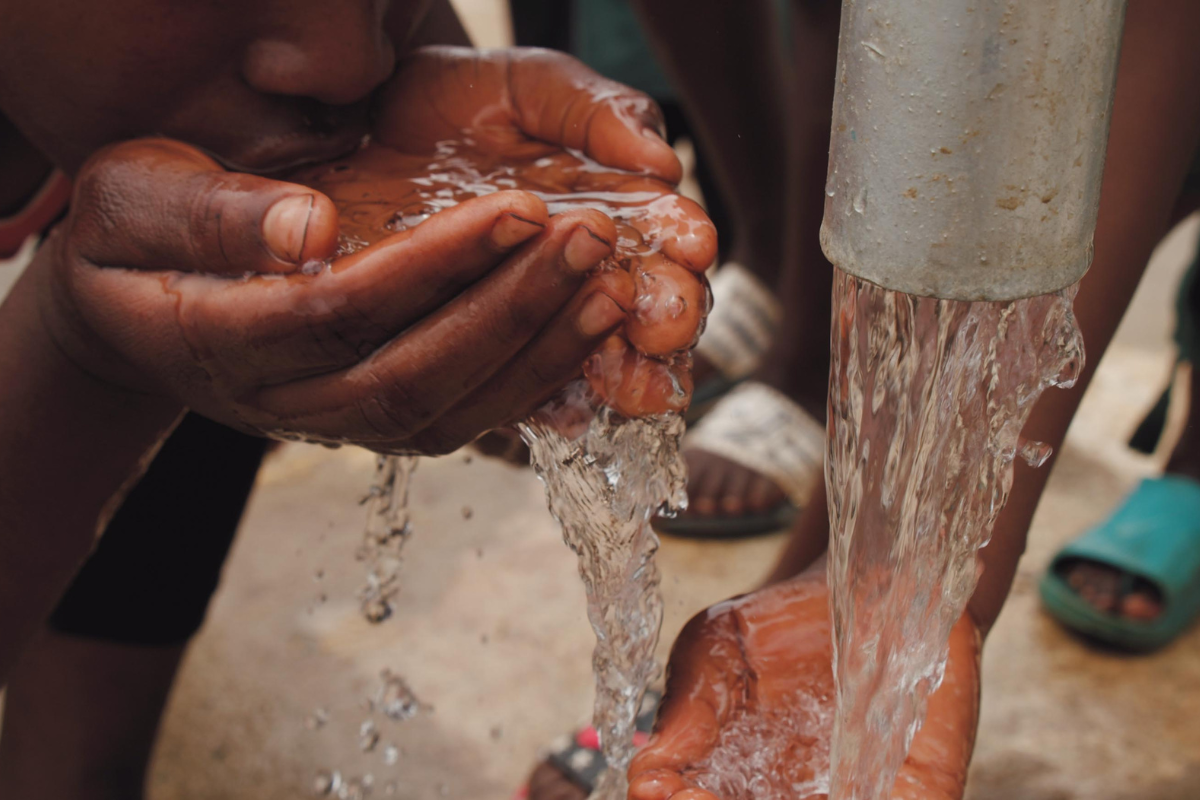


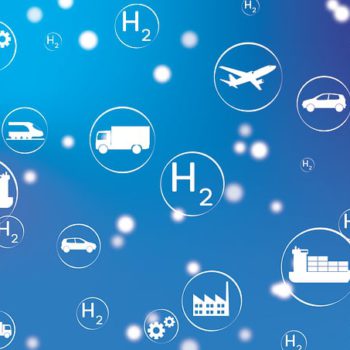

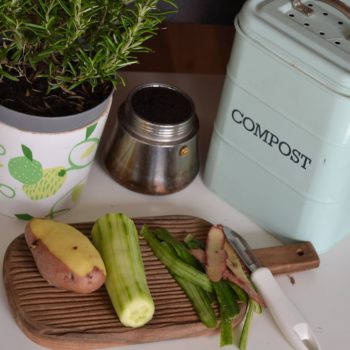
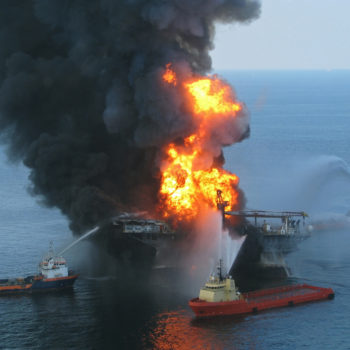

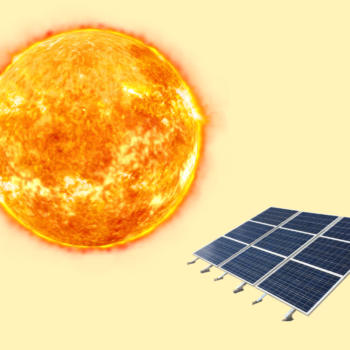
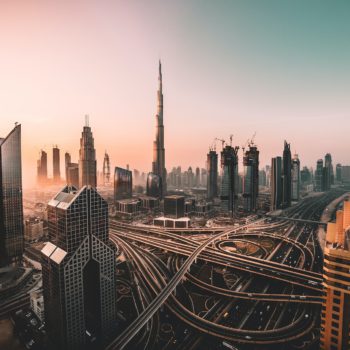
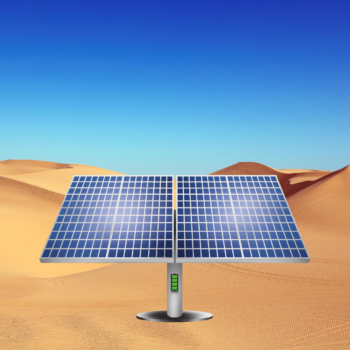


No Comments